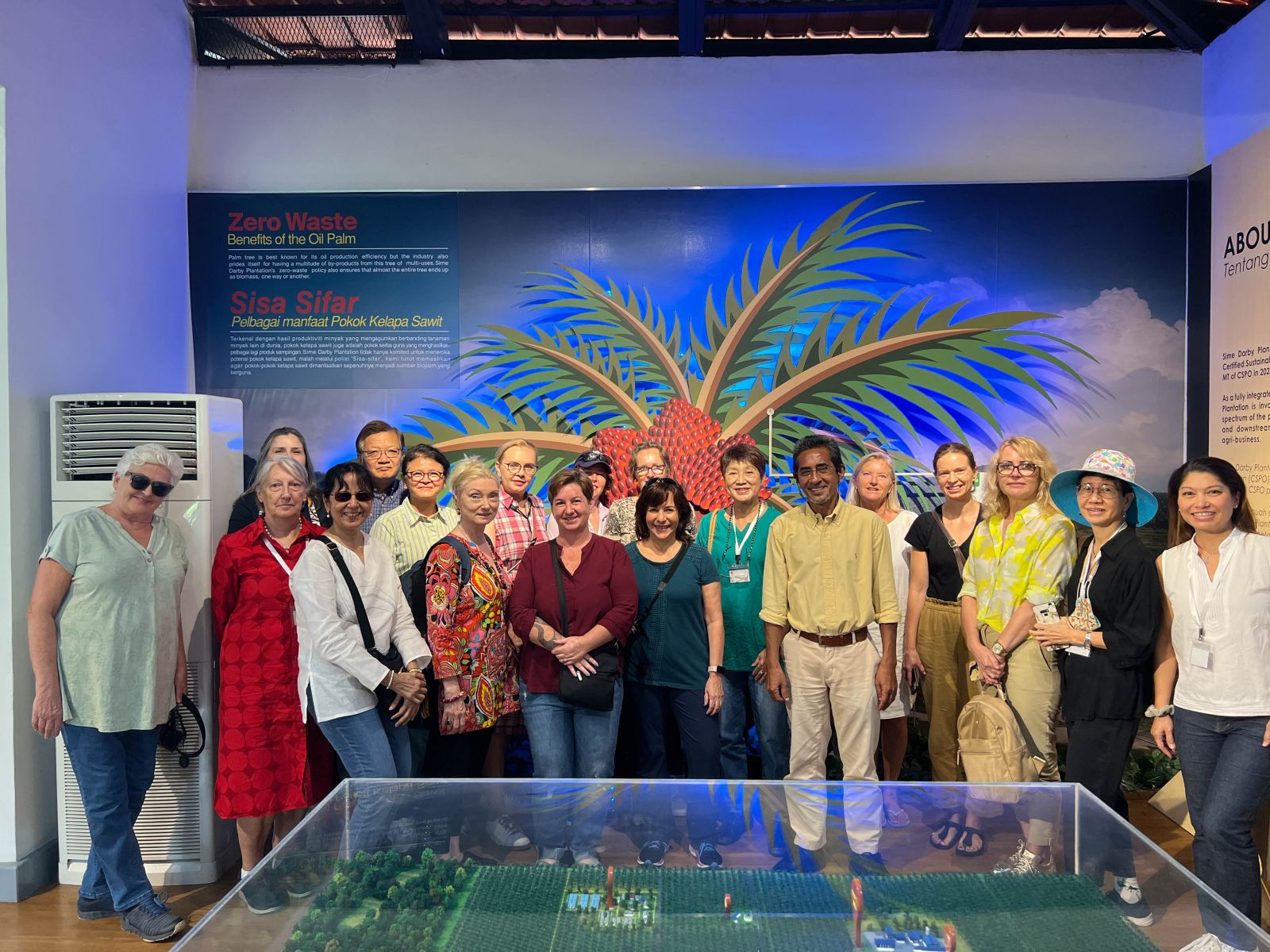 |
||
|
Palm oil is one of Malaysia's primary industries and contributes 2.7 percent to its overall gross domestic product. For many people in Malaysia, it’s an important source of livelihood. Although there are multiple headlines about palm oil in the newspapers every week, how much do we really know about it? To find out more about the topic, at the end of November, we visited Sime Darby Plantation in Carey Island, Selangor, the world’s largest producer of certified sustainable palm oil in over 100 countries.
The Sime Darby Plantation Experience Centre, where our tour started, is located only one hour drive from the city centre of KL, however with the usual heavy morning traffic, we arrived there almost an hour later. Bathroom, coffee, tea, sandwiches and snacks were very much needed and appreciated. Stretched and satisfied, we met our tour guide and started our exploration. |
||
 |
||
|
The beginnings of the oil palm industry
The oil palm tree was originally brought to Malaysia from West Africa as a replacement for rubber trees and coffee trees as the rubber and coffee businesses were on downfall at that time. Although easily maintained in the Malaysian weather conditions, it did not flourish as quickly as the rubber, for several reasons. These included then British administration’s policy to focus on promoting rubber, as well as the greater profitability of rubber experienced by the agency houses and by investors. The first commercial planting of oil palm is recorded as having occurred in 1917, six years after its systematic cultivation in Sumatra. However, it wasn’t until Malaya’s independence as a nation, that turned the oil palm as a promising and prosperous industry. |
||
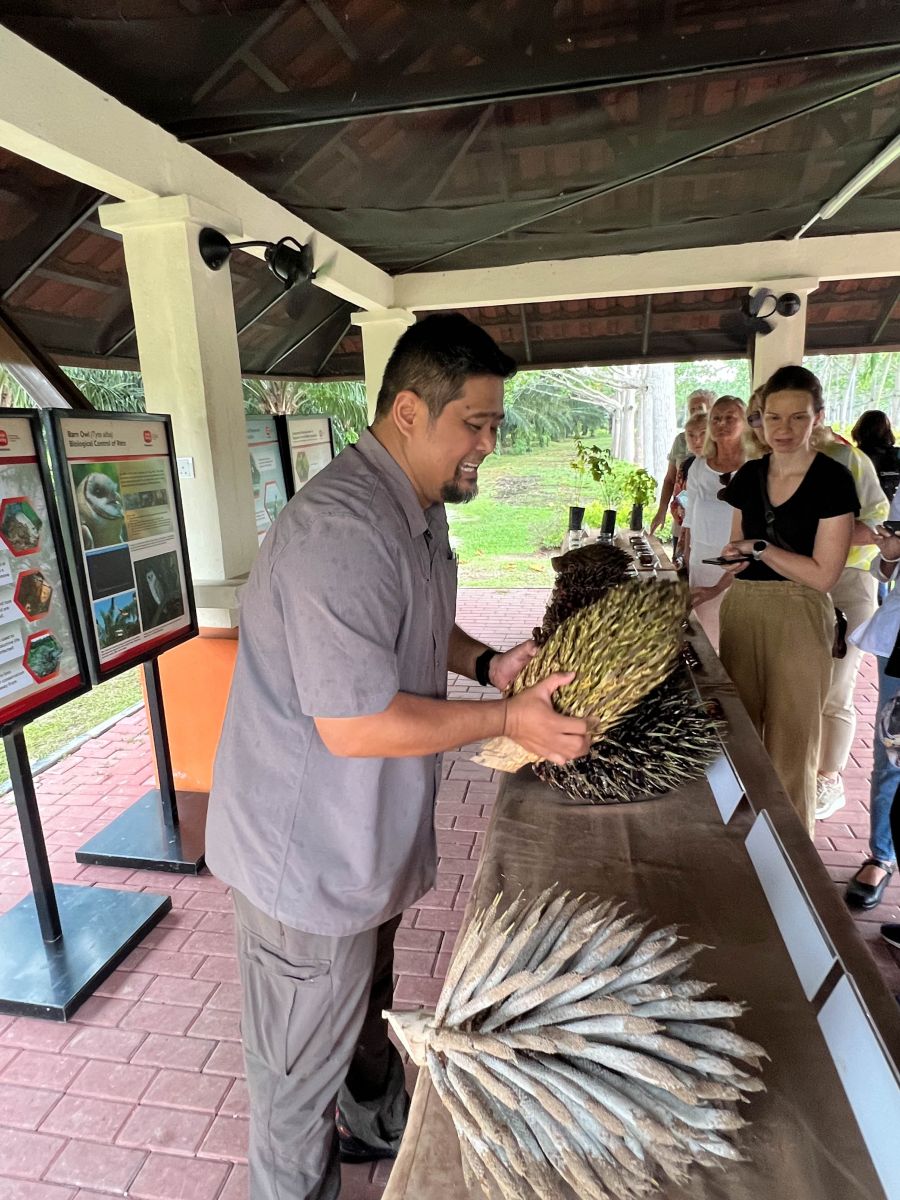 |
 |
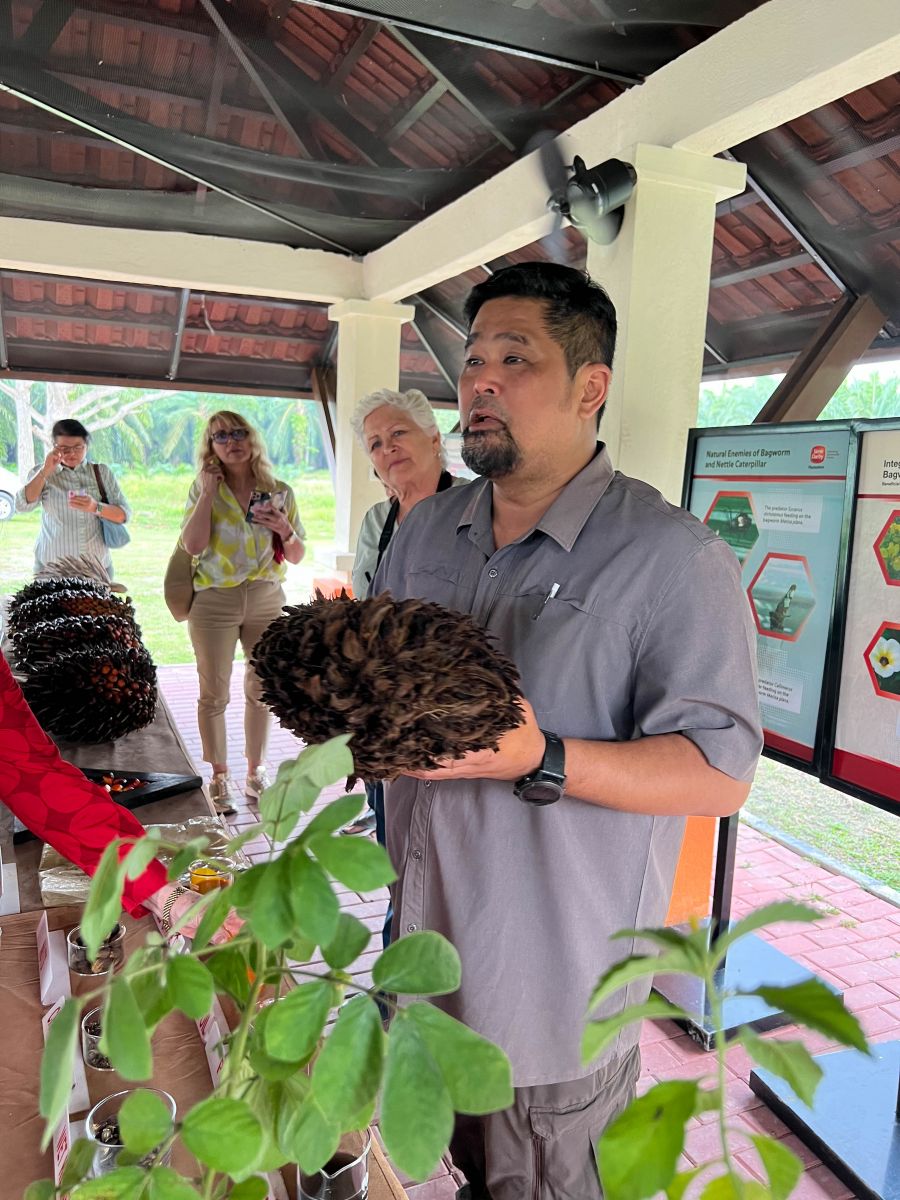 |
|
Male and female trees
At the very beginning of our tour, our guide told us that the oil palm is monoecious species, because it bears both male and female flowers on the same tree, but the actual palm oil only comes from the female flower. At Sime Darby Plantation, the oil palm tree starts its life in the nursery, where it grows for about 11 months. After that time, trees move to actual plantation, where trees are planted in a triangular system so they don’t collide with each other and each tree gets plenty of sunlight and rain. The water is the most important condition for the palm tree to grow well. An average tree requires about 2000 millimetres of rain fall per year. |
||
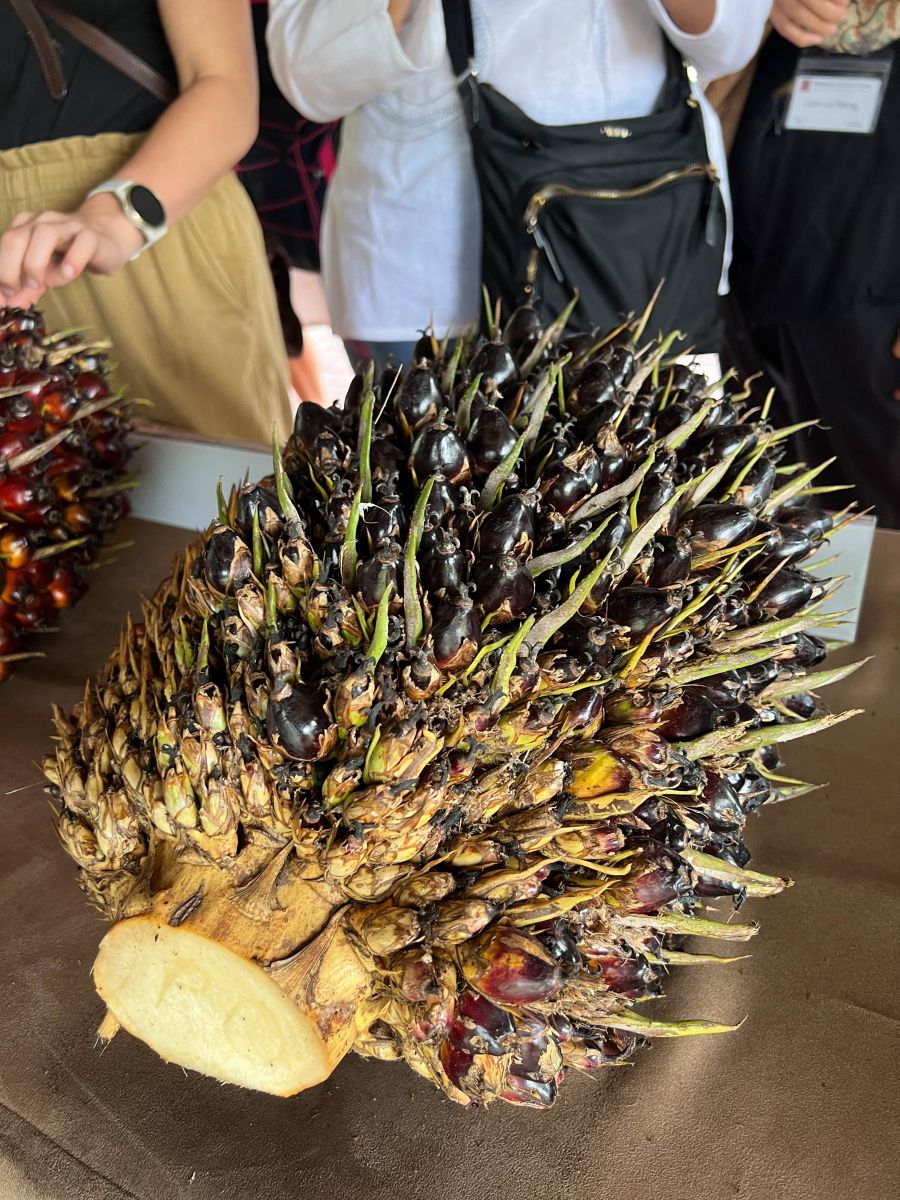 |
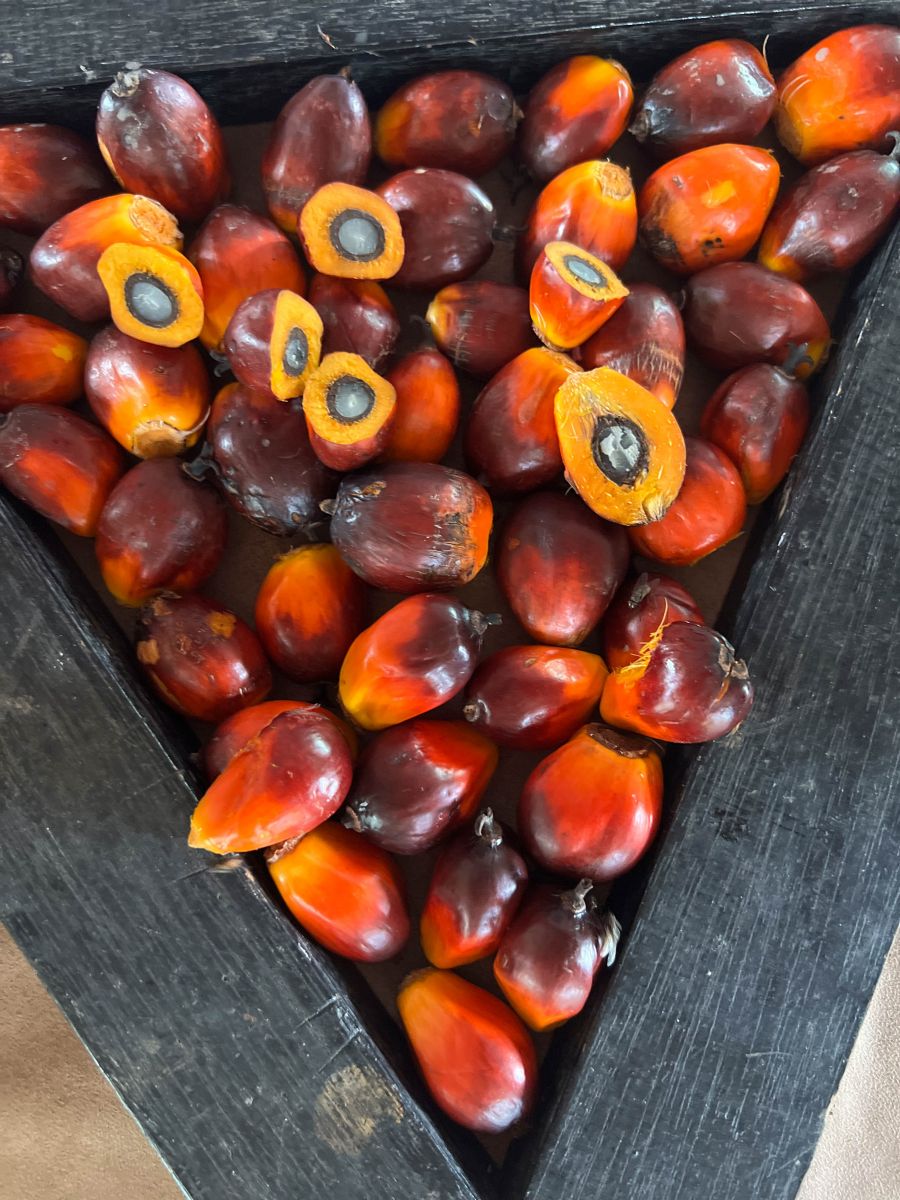 |
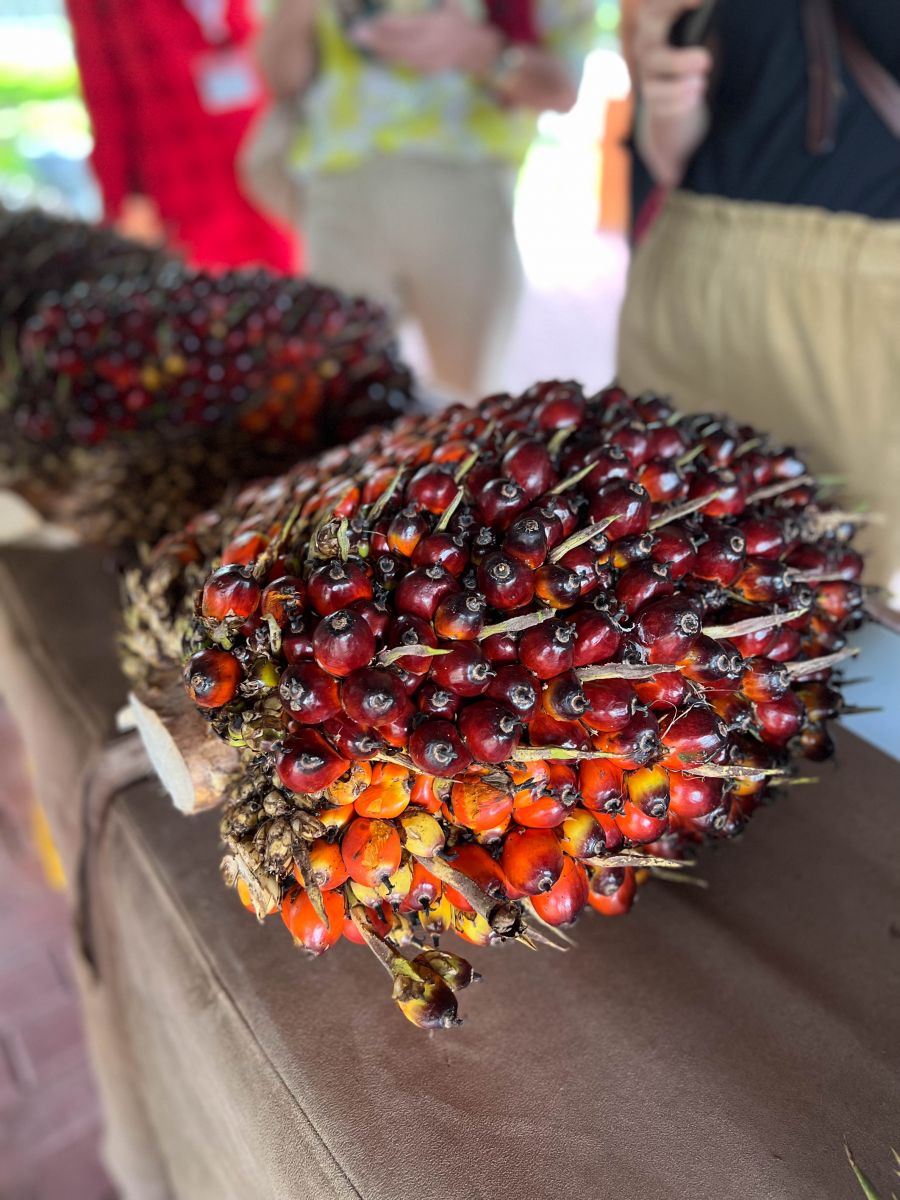 |
|
Important facts about the tree
Oil palm tree will start bearing fruits after 30 months of field planting and will continue to be productive for the next 20 to 30 years; thus ensuring a consistent supply of oils. Our tour guide paid a lot of attention to the fact that the palm tree has three parts – the trunk, the bunch (fruit) and the frond, all of which have their uses. Although the oil palm tree can live up to 100 years, for economical and environment reasons, people use it for 25 – 30 years only. Later, it is too high to be successfully harvested and the oil coming out of the ageing fruitlet is lower quality. Palm oil comes from the bunch, which normally weighs between 20 – 25 kilograms and contains an average of 1,000 to 3,000 fruitlets. Each fruitlet consists of a hard kernel (seed), enclosed in a shell (endocarp) which is surrounded by a fleshy mesocarp and again, each part has its purpose and usage in the entire industry. |
||
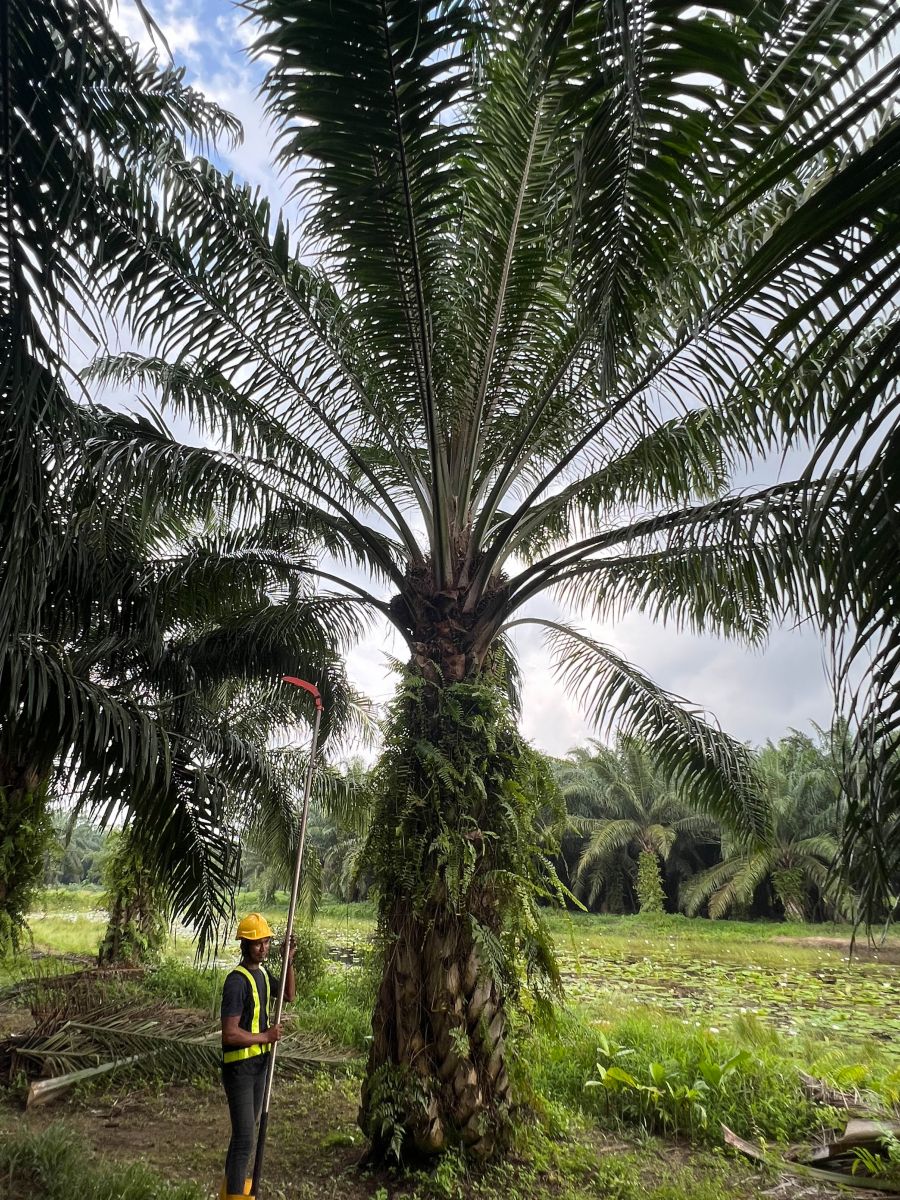 |
 |
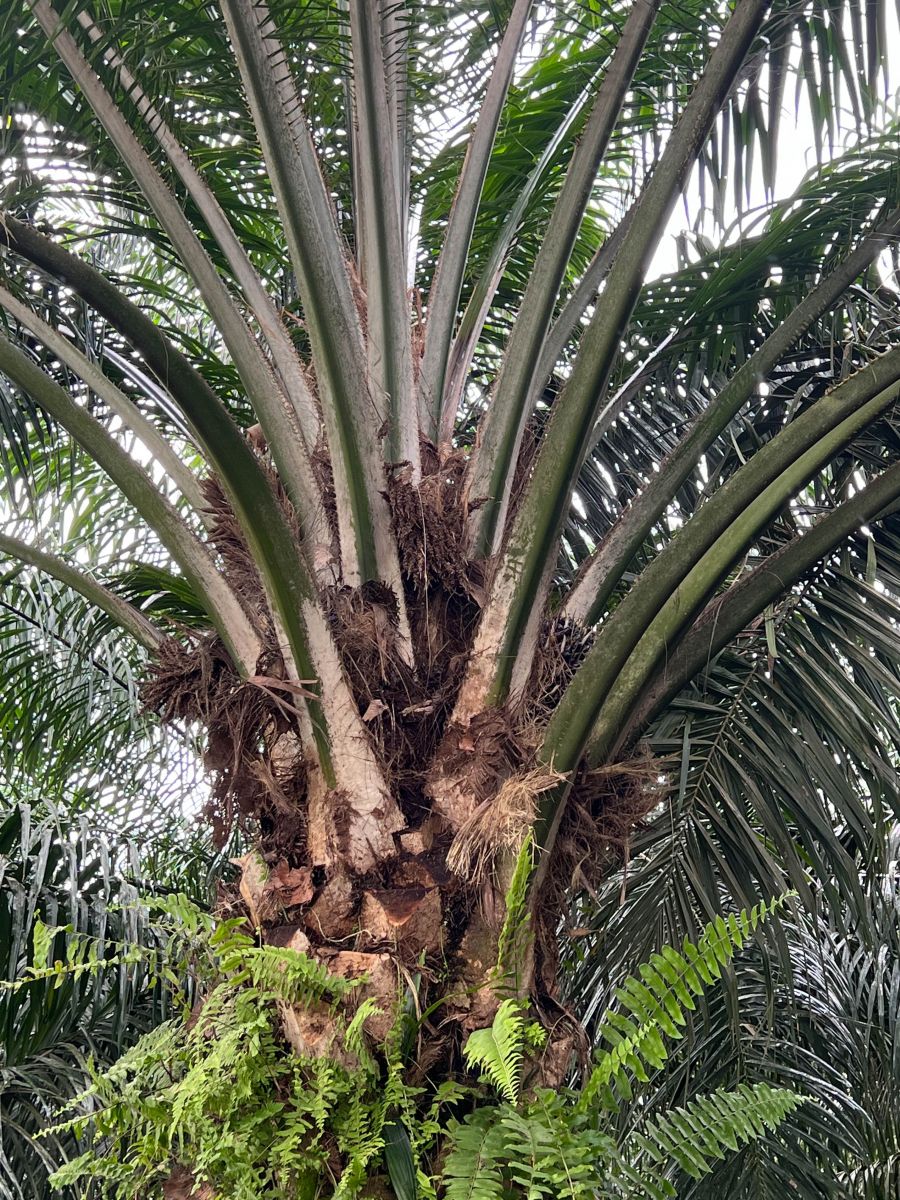 |
|
FAQ by our group In the first part of our tour, most of our questions focused on sustainability and fair working conditions on oil plantations. We were assured that the palm oil industry in Malaysia is a highly regulated industry and currently adheres to local as well as international laws and regulations. Very important topic for our group was also the pests and disease control. We were told that the major sources of pests and diseases in oil palm estates are leaf-eating caterpillars, rhinoceros beetles and rats. The Sime Darby Plantation uses Integrated Pest Management, which is a combination of compatible methods of pests and disease control that includes ecological, physical, biological and chemical controls. To our surprise, the biology control has been conducted by the barn owl, which we later had a chance to see in the plantation. |
||
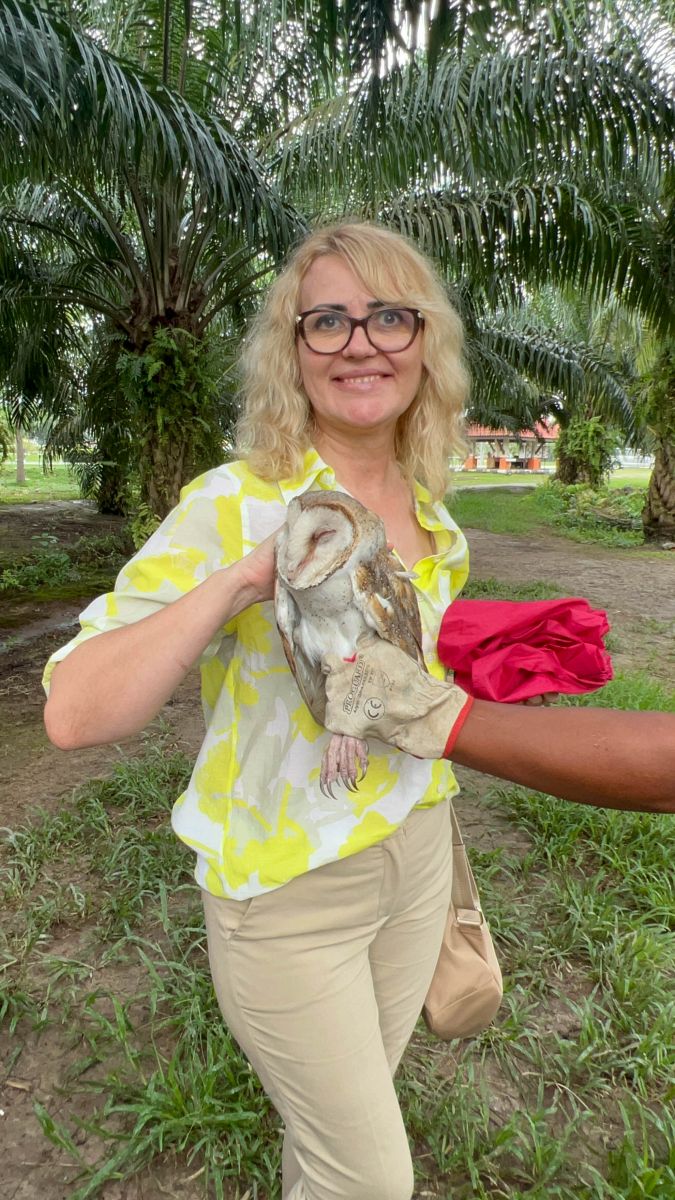 |
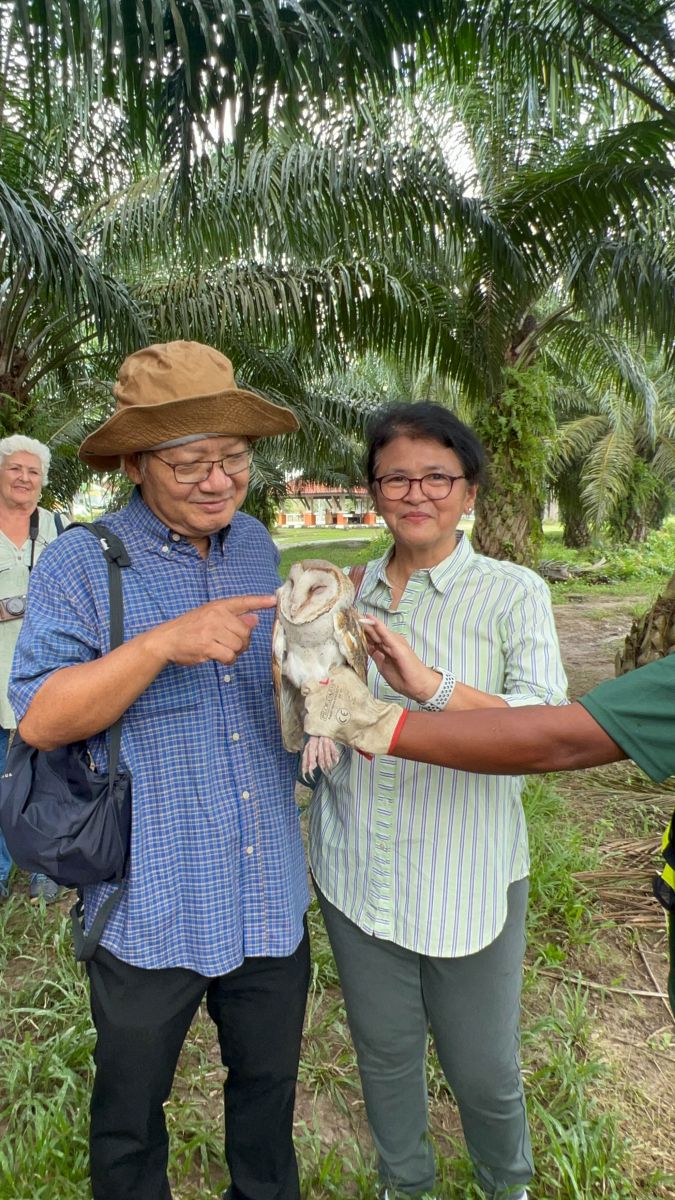 |
 |
|
How do we get the oil?
Before we stepped on the plantation, we were instructed a bit more about the stages of fruit bunch growth and taught how to recognize underripe (less than 5 fruitlets fallen on the ground), ripe (between 5 and 10) and overripe (more than 10 fruitlets on the ground) stage. Soon after, it was time for the harvesting field demo. Although most of the field work is done by mini tractors nowadays, we were lucky to watch the cutter to cut the ripe bunches. Each oil palm tree is able to produce bunches 8 – 20 times per year. A bunch that weighs 20 kilos produces an average of 4 litres of oil. Oil extraction is carried out by boiling the head in a large tank. It is boiled for 90 minutes at a temperature of 250 degrees Celsius. Once boiled, the individual products are mechanically separated and then go for further processing. |
||
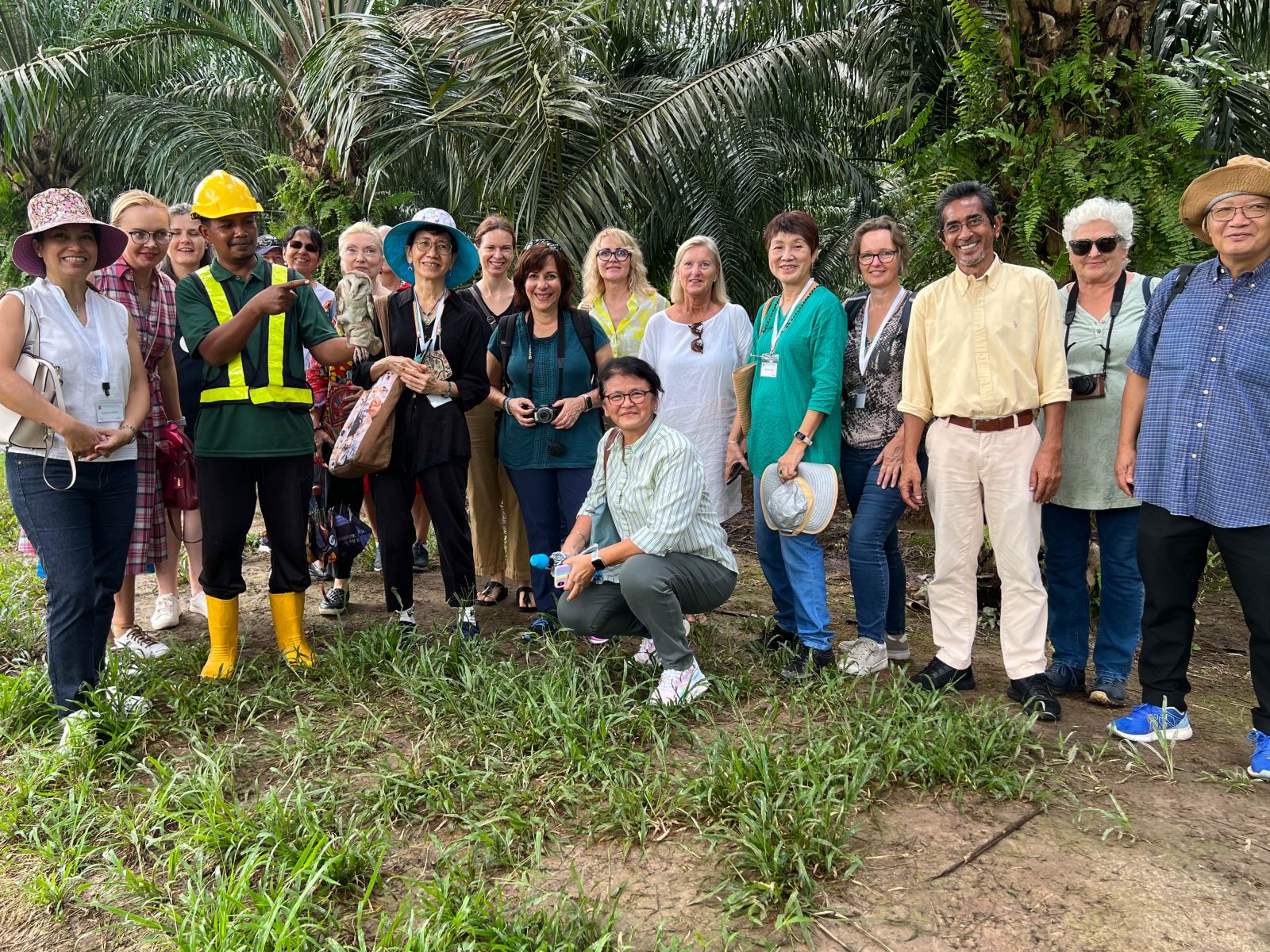 |
||
|
Goodbye and return to Kuala Lumpur
After stepping out of the plantation, we headed to our next destination, the plantation museum. Located in the heart of Eco gardens, surrounded with plantation, we learned more details about the beginnings of the palm industry in Malaysia as well as the inception of Sime Darby and life at that time. Our tour concluded with a buffet style lunch at the Rafflesia Lounge and drove back to Kuala Lumpur with heavy rain along the way. The rain was perfect for the palm trees, but slightly complicated for us. Delayed, but we got home safely, fulfilled with useful information and a lot of things to think about.
Jana LeBlanc
|
||




